The world is undeniably facing a new, challenging and an unpredictable event with the outbreak of the COVID-19 virus, known as the coronavirus. So far, it has affected more than 1.4 million people worldwide and has left business fearing total collapse.
BlueDot, the Canadian startup, picked up on the cluster of unusual pneumonia cases several days before the WHO released their official statement warning people about the emergence of the novel virus. However, Kamran Khan, founder and CEO of BlueDot and professor of medicine and public health at the University of Toronto says they had no idea that the outbreak of COVID-19 would become something of this magnitude.
And three months after the first cases, the whole world finds itself in an unprecedented lockdown with borders closed, quarantines, restrictions on labour mobility and travel, stock market volatility, overall financial crisis and every industry in the world affected.
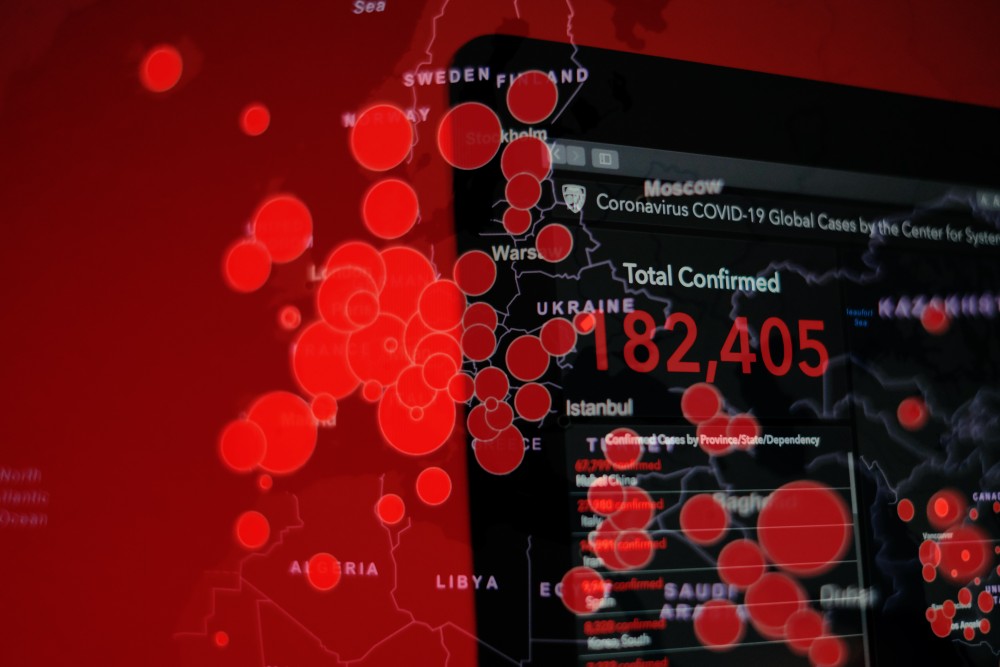

Apart from China, which has reported sharp falls in industrial production, sales and investment, the pandemic and economic crisis has also shifted to the western countries which are taking massive hits from the domino effect of the coronavirus.
The biggest reason for the major, catastrophic social and economic consequences we are experiencing is that we are fighting with a previously unknown predicament that hasn’t been recorded and couldn’t be accounted for or predicted.
The black swan event
What we are experiencing at the moment is what in data lingo is known as the black swan event – a term dreaded by data professionals. This kind of rare event that can’t be found in our data, but when it emerges, it causes catastrophic consequences. The black swan is the biggest enemy for AI and data analytics, as insights from the newly emerged data can’t prepare us to act accordingly.
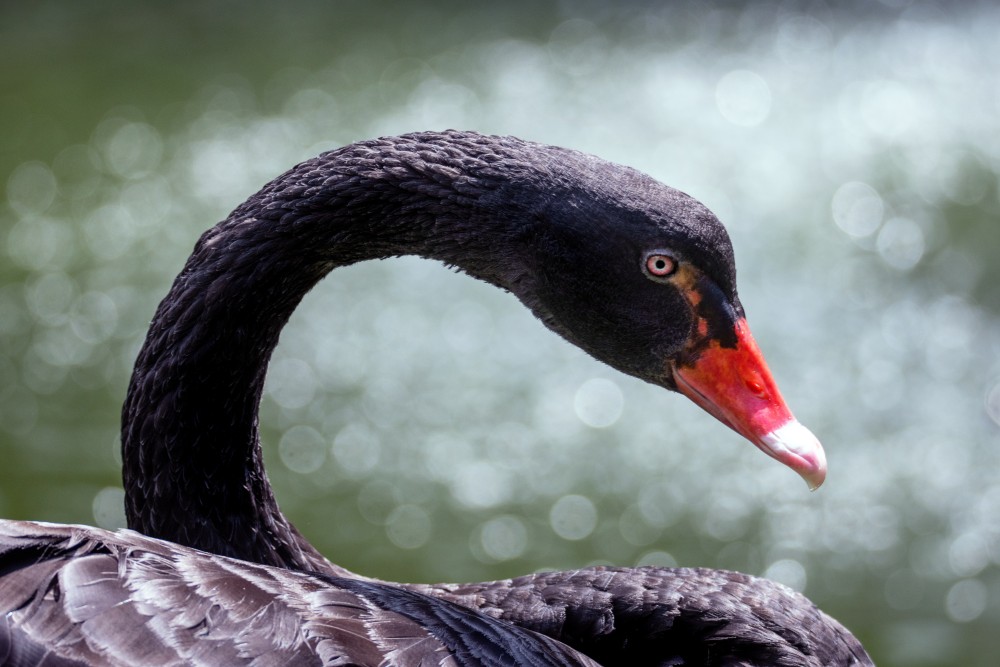

The COVID-19 outbreak can be seen as a black swan event for every aspect of human life with major socio-economic impact.
In the decade of AI and data industrialisation, companies were expecting to reap the fruits from their AI piloting and pioneering stage. But instead, they were met by an unforeseeable and unavoidable crisis.
Professor Diego Galar has extensively discussed the topic of the black swan in his presentations at the Data Innovation Summit and Maintenance Analytics Summit. He refers to black swans as the biggest enemies for AI and data analytics – unpredictable events that can be explained only after they happen, which is why they cause major disruptions in the systems.
Some of the other characteristics of black swans Diego mentions are:
- Rarity – the black swan is an outlier, as it lies outside the realm of regular expectations because nothing in the past can convincingly point to its possibility.
- It carries an extreme impact.
- Retrospective (though not prospective) predictability—In spite of its outlier status, human nature makes us concoct explanations for its occurrence after the fact, making it explainable and predictable.
Similarly, any attempts to forecast on the spread of the virus are questionable, because just like the black swan, the coronavirus holds too many unknowns:
- The coronavirus’ properties are not fully understood and could change.
- The role of asymptomatic patients is still not understood.
- The real rates of infection and immunity are also uncertain, as testing is limited.
- The reactions of companies and households are uncertain.
The only certainty is that any attempt at a definitive forecast will fail.


Possible black swan economic scenarios
Nevertheless, experts have tried to make predictions about the direction of the crisis.
In his article in the Harvard Business Review, Philipp Carlsson-Szlezak examines three possible scenarios based on the shock of the 2008 financial crisis which led to different progressions and recoveries in three sample countries and tried to forecast where COVID-19 fits in this shock geometry:
- V-shape – Despite the global financial crisis, Canada avoided a banking crisis. Credit continued to flow, the capital formation was not significantly disrupted, and their GDP dropped but substantially climbed back to its pre-crisis path. With the “V” shape, the output is displaced, but growth eventually rebounds to its old path.
- U-shape – The United States experienced a different path. Their growth plummeted and never regained the pre-crisis path. Although their growth did recover, the gap between their old and new path remained marked with damaged supply and output, caused by their banking crisis. The successive recession did damage to the labour supply and productivity. The U.S.’s U-shape is a more harmful version than Canada’s V-shape.
- L-shape – Represents Greece’s worst case. The country never recovered to its previous output path and their growth has declined. The gap is continuously widening. The crisis caused irrevocable damage to the economy’s supply side, capital inputs, labour inputs, and productivity. Greece’s L-shape is the most detrimental scenario.
As Philipp Carlsson-Szlezak explains, the shock geometry is driven by the shock’s ability to damage an economy’s supply side, and more specifically, capital formation. Based on the previous shock scenarios, can we establish where the coronavirus shock fit?
“The intensity of the shock will be determined by the underlying virus properties, policy responses, as well as consumer and corporate behaviour in the face of adversity. But the shape of the shock is determined by the virus’ capacity to damage economies’ supply side, particularly capital formation,” highlights Philipp.
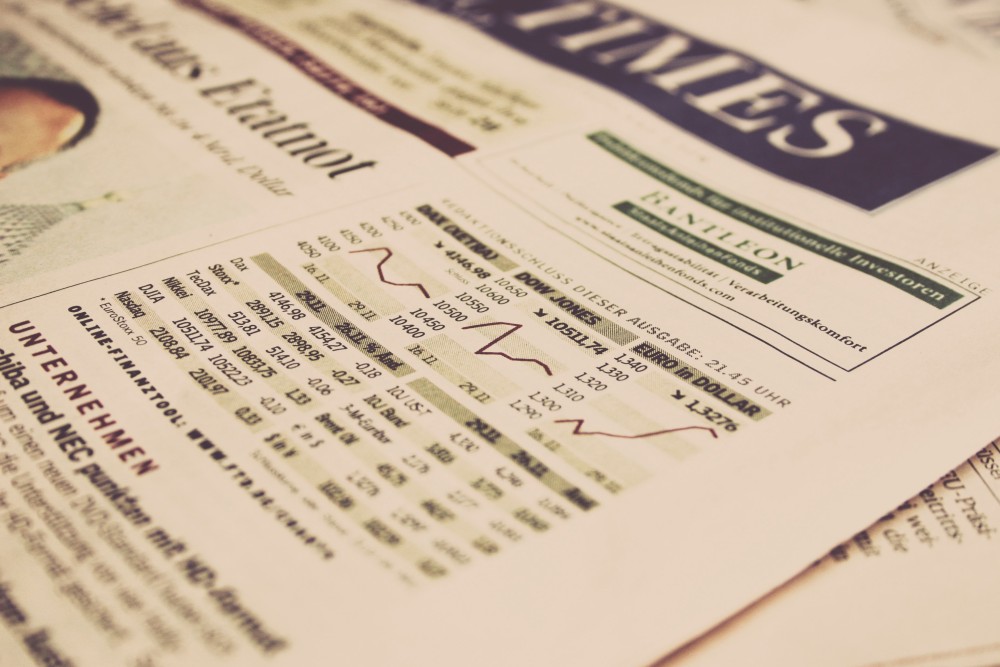

So far, we’ve dealt with a fair share of the financial crisis and policymakers know how to deal with them. The financial crisis cripples the economy’s supply side, but coronavirus extends liquidity and capital problems to the real economy — and does so at an unprecedented scale, says Philipp. What’s more, the double risk of financial and real liquidity shocks are interrelated, which also raises the stakes.
According to him, at this point, both a deep V-shape and a U are plausible. But the goals is to prevent a clear U trajectory.
There are two possible paths for COVID-19 to cause damage in a U-shaped scenario:
- Financial system risks. – The stress in capital markets that COVID-19 has caused, combined with the persistent liquidity problems, may cause real economic problems that lead to write-downs. This, in turn, can cause capital problems. The capital formation would be gravely affected by the financial crisis, causing prolonged slump with damage to labour and productivity.
- Extended real economy “freeze.” – This is what Philipp terms as a truly unprecedented possibility, caused by months of social distancing that could disrupt capital formation and ultimately, labour participation and productivity growth. An extended freeze of this degree would be new territory for policymakers.


The combo of financial and real economic risks could cause economic damages of massive proportions. A prolonged COVID-19 crisis could lead to real economy bankruptcies, which makes it even harder for the financial system to manage. Meanwhile, a financial crisis would starve the real economy of credit.
Philipp warns that while there are policy guidelines for dealing with financial crises, there’s no such thing for a large-scale real economy freeze. Unfortunately, there is no off-the-shelf cure for liquidity problems of entire real economies.
However, not all countries will sustain the same degrees of damage or go through uniform scenarios as the ones above. The ability of a country to cushion the black swan effect of the coronavirus depends on two reasons: the structural resilience of economies to absorb such shocks (“destiny”), and the capacity of medical researchers and policymakers to respond in new ways to an unprecedented challenge (“innovation”). The survival of every country depends on their ability to create novel interventions that will break the tradeoff between lost lives and creating economic misery, states Philipp.
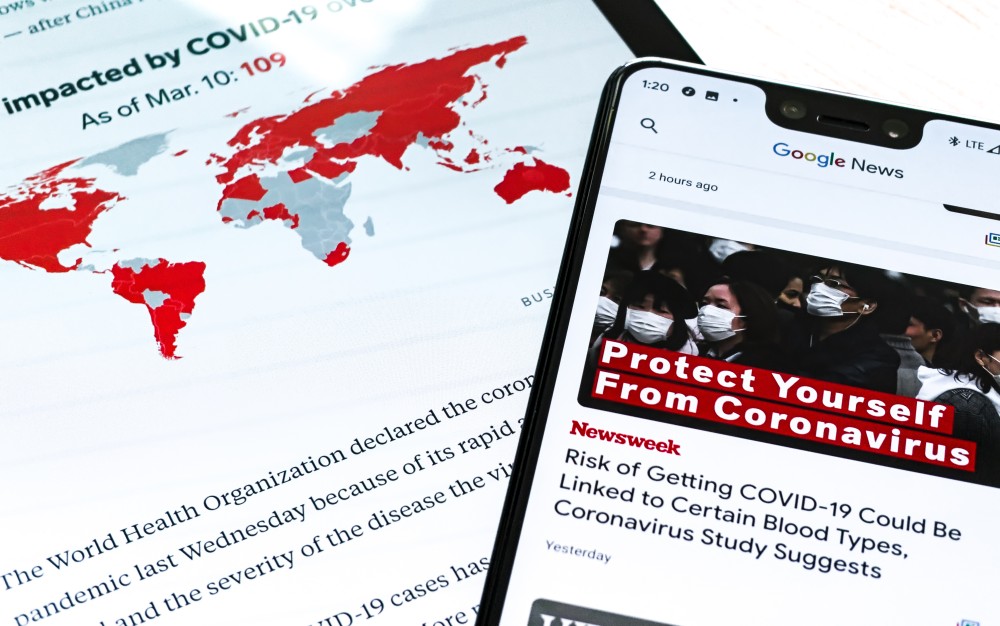

How can companies deal with the black swan crisis
The impact of the coronavirus impacted the global supply chain at all levels. Businesses of all sizes are feeling the effects of the pandemic. Some of them experience delays in production, while others see increased demand and drops in sales.
But one thing is certain: Only those companies that will find a way to innovate through this unprecedented black swan event will stay afloat and persevere.
Henrik Larsson-Broman shared some tips in his article on how companies can emerge as winners from the global crisis we are currently in, based on lessons learned from the previous financial crisis.
1. Don’t see yourself as a victim, but send a clear message throughout your organisation that you choose to see the opportunity in the crisis and be a winner.
2. Don’t let negative thoughts set foot, inspire your employees to have faith for the future.
3. Remember that the crisis is not forever; it will eventually end. Therefore, don’t make any drastic changes that will affect long-term opportunities.
4. Whatever you do, don’t cut on sales and marketing costs. Sure, it’s logical that leaders would want to cut unnecessary expenditure, but sales and marketing are part of the crucial ones. As Henrik states in his article, “companies that maintained or increased their marketing during the recession enjoyed an average sales growth of 275 per cent over the preceding five years, while those that had decreased their advertising had to settle for an average sales increase of only 19 per cent.”
5. Offer diversified offerings and widen your target groups. This gives you greater strategic flexibility and spreading the risk by selecting target groups that have not been hit so hard by the crisis.
6. Play offensive, instead of trying to survive. Henrik says that the companies that emerged as winners from the 2008 financial crisis reinvested early and selectively for commercial growth. They acted early in the recession, which gave them a priority with customers, as opposed to the losers who waited to see what would happen and were too late to adjust.
7. Provide your customers with the right value. As people are risk-aware and short-term oriented, they will choose companies that solve the problems they are facing. That doesn’t mean offering lower prices though. It’s essential to manage customers’ perceptions of risk and value and adapt your offerings accordingly.
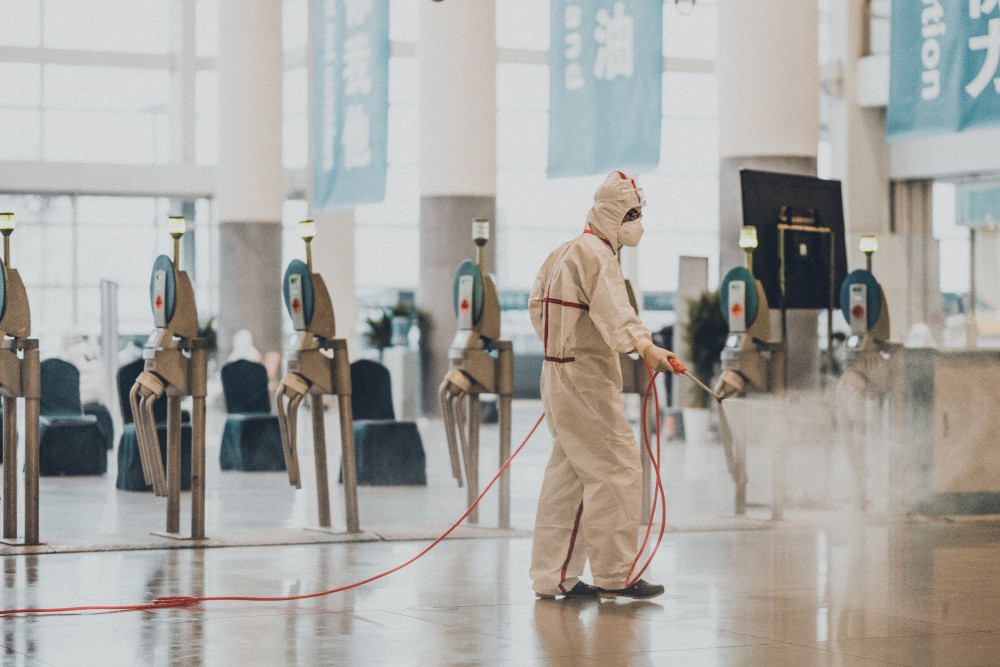

Do we have what it takes to survive the crisis of COVID-19?
Henrik based his tips on the research of the previous crises, assuming we’ll experience the same pattern after this global crisis is over. However, as we saw previously, the combination of financial and real economic risks we are experiencing creates the black swan scenario, which is uncharted territory for business and government leaders.
According to The Guardian, the shock from COVID-19 has been faster and more severe and the 2008 global financial crisis and even the Great Depression. If in the previous crises, stock market collapse, credit markets froze, massive bankruptcies followed, unemployment rates soared, and GDP contracted at an annualised rate of 10% or more in the course of three years, the current coronavirus crisis saw similar detrimental effects in just three weeks. The coronavirus pandemic has delivered the fastest and deepest economic shock in history.
So, will actions that proved successful in the previous crises apply in the current global crisis as well? Is this unprecedented black swan event of the coronavirus going to bring about a total collapse of the global economy, just like it does when it appears in AI systems?














Add comment